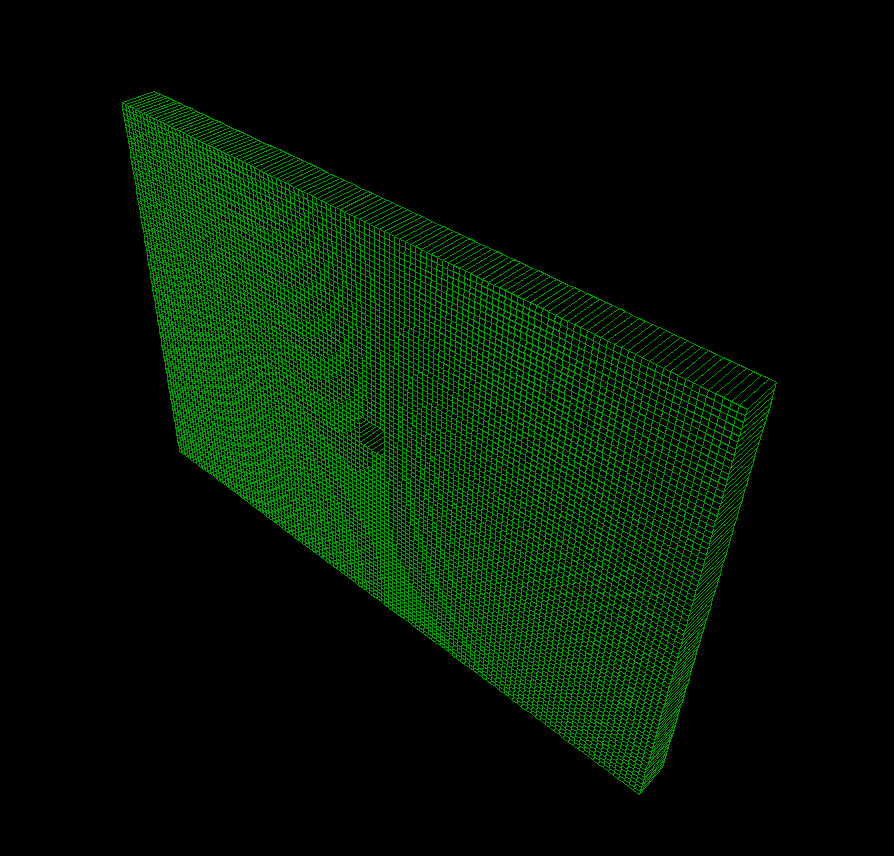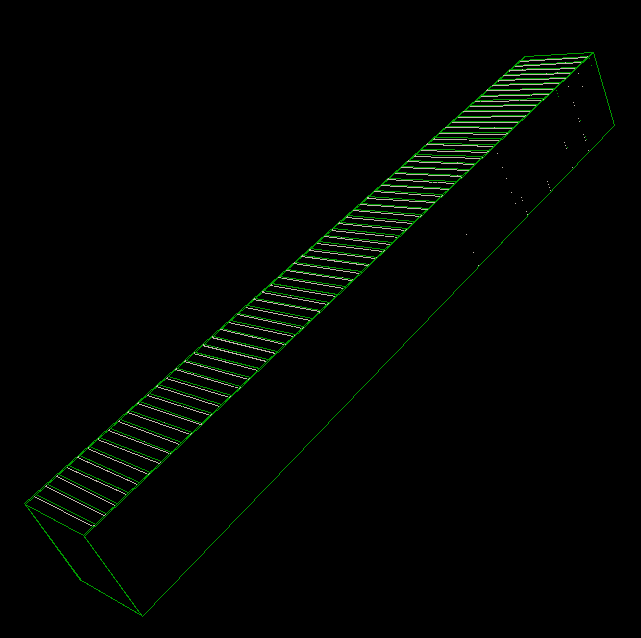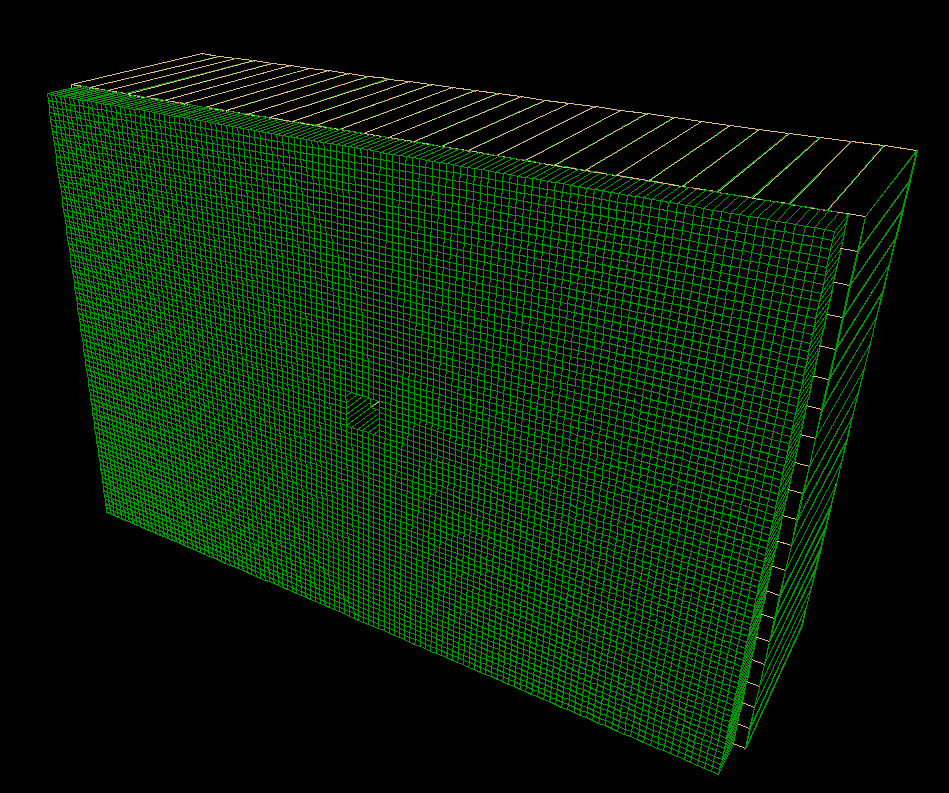- yuxip's home page
- Posts
- 2015
- 2014
- December (2)
- November (1)
- October (2)
- September (6)
- August (2)
- July (1)
- June (3)
- May (4)
- April (1)
- March (2)
- 2013
- December (1)
- November (1)
- October (3)
- September (3)
- August (2)
- July (1)
- June (2)
- May (1)
- April (3)
- March (1)
- February (1)
- January (1)
- 2012
- 2011
- My blog
- Post new blog entry
- All blogs
FCS Geometry in GSTAR
This is to document the first version of FCS (Forwar Calorimeter System) geometry in STAR simulation framewrok.
FCS consists of an electromagnetic calorimeter section and a hadronic calorimeter. The EM section is made of Tungsten powder + scintillating fibers, with an
overall dimension of about 3m x 2m x 17cm. The size of each tower is 2.54cm x 2.54cm x 17cm, therefore the whole EM section consists of 120x80 towers, as
shown in fig.1

figure.1 EM section
For now, the tower material is defined as a mixture of 92.3% (by weight) W, 7.1% C and 0.6% H ( assuming equal number of C and H in both scintillator and Epoxy )
The hadronic section is a lead/sctillating tile sampling calorimeter, with 65 lead tiles (1cm thick) and 64 scintillating plates (0.25cm) in each tower. Tower size is 10cm x 10 cm x 81cm. Different
layers of towers are separated horizontally by an addtional 3mm steel plate. There are totally 30x20 = 600 towers

figure 2. HCAL tower module
Material composition of lead absorber : 96% Pb, 4% Sb. Scintillator plate is made of polystyren.
Hadronic calorimeter is located right behind EM section.

Hadronic section is a little bit wider than EM section. ( widhHAD = 10.3cm * 30 towers = 309cm, whereas widthEM = 2.54*120 = 304.8 cm )
( heightHAD = 10*20 = 200cm, heightEM = 2.54*80 = 203.2cm )
In GSTAR geometry, FCS is placed at the current location of FMS
.gif)
Next step is to try to implement g2t tables for the new detector based on the previous version for FSC, in order to record the detector reponse and made the data availble for subsequent analysis.
- yuxip's blog
- Login or register to post comments
